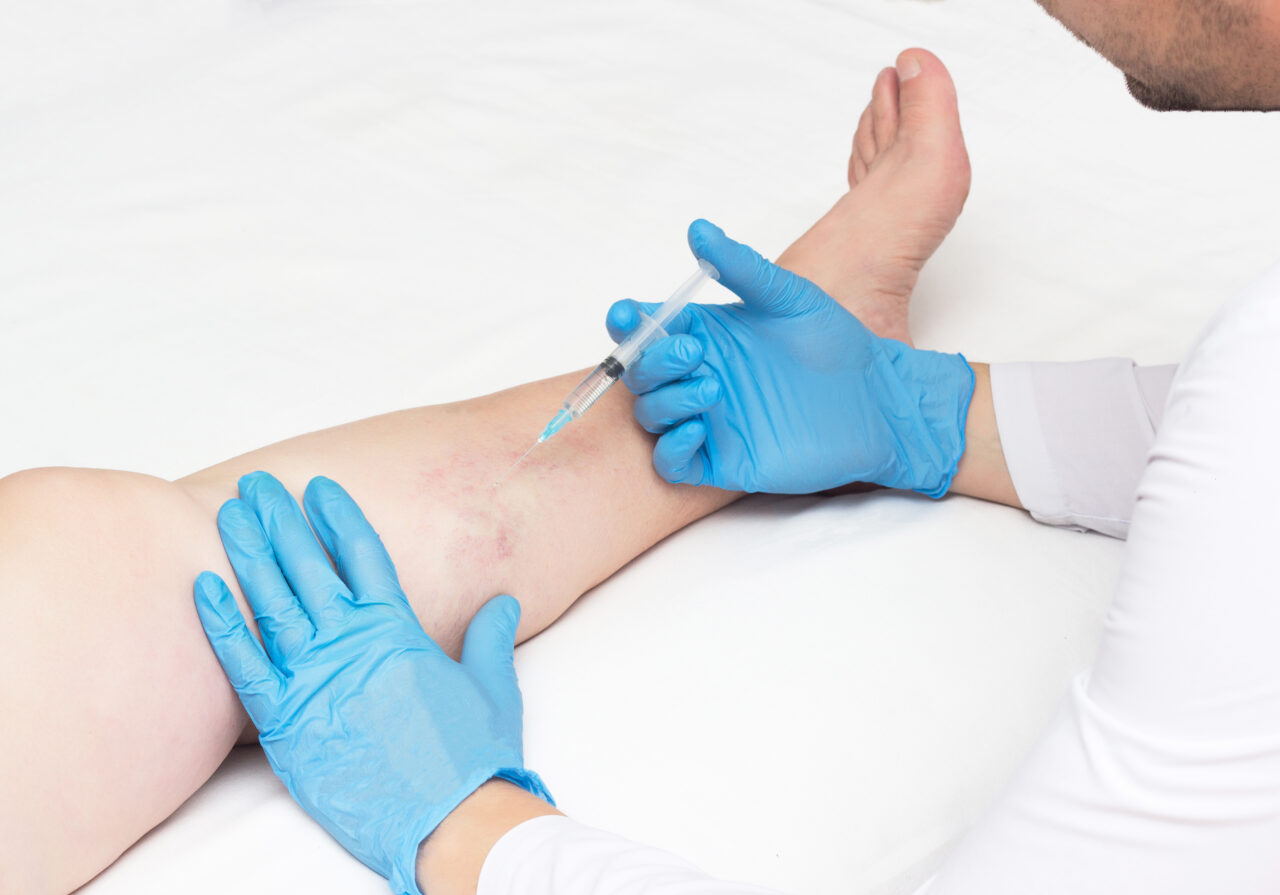The quality of life and daily tasks you can perform might be greatly impacted by varicose veins. However, many consumers are ignorant about care and insurance coverage expenses. This blog post includes all the details required to comprehend the expenses of treating varicose veins and medical insurance coverage.
Alternatives to traditional treatments
In addition to traditional treatments like surgery and sclerotherapy, several alternative treatments for varicose veins may be just as effective. These include:
Compression stockings: There are several treatments to treat varicose veins, but not all are reimbursed by insurance. They work by applying gentle pressure to the affected area, which helps improve blood flow and prevent blood pooling in the veins.
Exercise: Exercise is a great way to improve blood circulation and help reduce the symptoms of varicose veins. Regular aerobic exercise will help strengthen the muscles around your veins and improve blood flow. Walking, swimming, and biking are all great exercises if you have varicose veins.
Elevation: Elevating your legs above your heart for 30 minutes several times daily can help reduce the swelling and pain associated with varicose veins. This helps because it allows gravity to pull the blood in your veins back toward your heart, where it can be circulated more effectively.
Diet: Eating a healthy diet rich in fiber, vitamins, and minerals can help improve blood circulation and reduce symptoms of varicose veins. Particularly beneficial foods include leafy green vegetables, citrus fruits, nuts, seeds, and whole grains.

Medical Insurance Coverage for Varicose Veins
There are several things to consider when considering medical insurance coverage for varicose veins. The first is whether or not your insurance plan covers treatment for varicose veins. Some plans may cover diagnosing and treating varicose veins, while others may only cover the diagnosis. If your insurance plan does not cover treatment for varicose veins, you may still be able to get coverage through a supplemental insurance policy.
Another thing to consider is, "Are varicose vein treatments covered by insurance?" Some of the most common treatments covered by insurance include sclerotherapy, endovenous laser therapy, and radiofrequency ablation.
Overall Cost of Treatment
It is important to consider how much does varicose vein treatment cost and consider all of these factors:
? First, ask about “What Kind of Specialist Treats Varicose Veins?"
? Several minimally invasive treatments are available for varicose veins, and they can be very effective in reducing the overall cost of treatment.
? Ask about any possible discounts or special deals with your vein expert.

? Insurance coverage for varicose vein treatment can vary depending on your policy, so it's important to check with your insurer to see what is covered under your plan.
? In some cases, self-care measures such as wearing compression stockings or elevating your legs may be recommended in addition to medical treatment to help reduce the overall cost of care.
Conclusion
Finally, you need to consider How much does it cost to get your veins stripped?
Varicose vein treatment can be expensive, so it's important to understand your out-of-pocket costs before scheduling an appointment. Many insurance plans have a deductible to pay before coverage kicks in. Ensure that you account for this in your budget.
Also, some treatments may require multiple sessions to be effective, so you'll need to factor this into your budget.